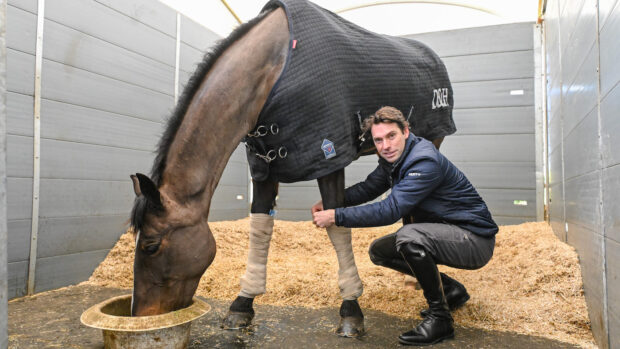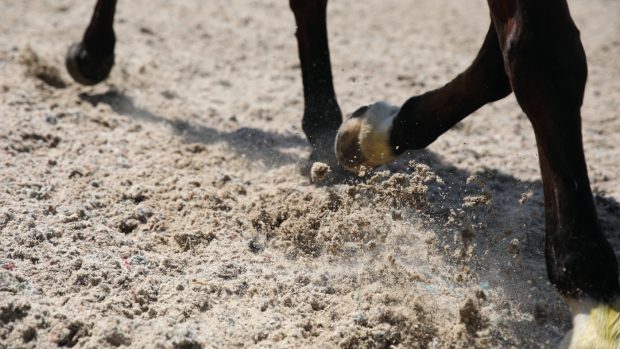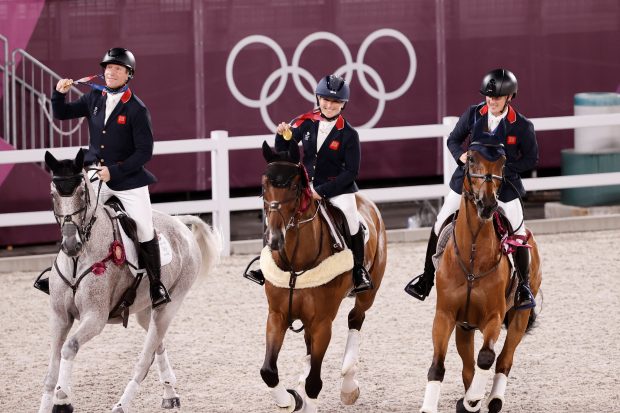Footing is high on the FEI agenda. Experts from the federation held a brainstorm session with specialists from around the world in Windsor on Monday, 16 May, to discuss how to improve riding surfaces for future Olympics and international championships.
The meeting came in response to an FEI Working Group report on footing-related problems at the Athens Olympic Games. The group, which included show jumper Michael Whitaker and British footing specialist Martin Collins, debated the structure and components of riding surfaces, tenders protocol and the role of footing experts within championship organisation. But their chief focus was to try and establish a range of criteria for good arena surfaces, with a view to drafting new footing guidelines in time for the 2008 Beijing Olympics.
“Athens was a catalyst,” said the new chairman of the strategic planning committee, Simon Brooks Ward. “We have to be clear about the criteria which need to be set down for future surfaces which have the welfare of the horse paramount, but also provide a level field for sporting performance. The role of this meeting is to establish what [those] criteria should be. Course design, the budget, maintenance programmes and contractual agreements all need to be considered alongside the footing, which is the most fundamental element of any event.”
The crucial problem in this, however, is that there is no clear-cut way to define what makes good footing. As FEI veterinarian Jack Snider put it: “We simply don’t know what is the best footing for the horse’s sake. We don’t know what forces are going up the leg. Measuring impact, that is, horses landing off 1.50-1.60 metre jumps, on different surfaces could give us a clue which footing provides the least amount of trauma to a horse’s leg, but a lot of work still needs to be done.”
The group agreed that the best way forward would be to combine findings from scientific research with ground experience and, inevitably, gut feeling. The FEI will specifically keep an eye on a series of studies on sport surfaces — equestrian and otherwise — which are currently being conducted in Australia, the US and Switzerland. Results from this research will be reviewed before publishing the final draft of the footing “cut-sheet”, which will set acceptable standards for riding surfaces and which organising committees will have to abide to for future championships.
Meanwhile, the FEI Steering Committee held its first meeting in Zurich on May 6. The Committee, which is responsible for preparing the master plan and the budget for the new FEI Strategy 2006-2010, hired law firm Lenz and Staehelin to write the new FEI Statutes and modify the General Regulations. They also appointed consulting firm Roland Berger to help the FEI roll out its new structure.


